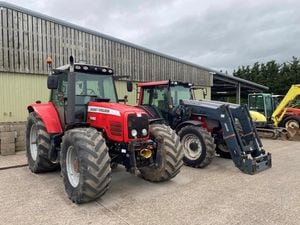Unpredictable weather and drought underline case for resilient varieties
Unpredictable weather – as highlighted by this summer’s drought – is underlining the case for choosing winter wheat varieties that are resilient to growing in different conditions.

In particular, good root growth is associated with improved scavenging for soil moisture and soil nutrients, which could be useful when conditions are drier. And there are other characteristics that could give clues to a variety’s resilience.
Although grain prices are healthy, high fertiliser costs mean there is very little slack in the system to gamble with yield. Unpredictable weather only adds to the argument for choosing varieties that perform reliably.
Some characteristics to consider include choosing varieties with five years’ solid yield data behind them on the AHDB Recommended List (RL) – and which have maintained good yields over this timescale.
Also, consider how the variety has performed on light soil, which is likely to dry out sooner if rainfall is lacking.
And consider varieties which maintain a good specific weight, which have good tiller retention, and offer drilling date flexibility – for example if planting is delayed because soils are too wet or too dry.
In addition, the rooting ability of varieties is attracting increased interest. Hybrid barley is known for its vigorous rooting, but there is also emerging evidence of strong root growth in the winter feed wheat variety, SY Insitor.
Independent seedling rooting assessment revealed that SY Insitor produced 13 per cent more total root length than a leading alternative variety.
This is in addition to other independent measurements where SY Insitor was found to have very strong root anchorage. SY Insitor also has the highest light land yield figure on the AHDB winter wheat RL for 2022-23.
We believe its good rooting is due to SY Insitor being a fast-growing variety. Rapid-developing roots also help to facilitate a variety’s performance when drilled later. Where November-drilled SY Insitor seed was protected with the seed treatment Vibrance Duo in trial work last season, its root length was increased by 85 per cent over an alternative seed treatment.
Another interesting trend seen in trials results from the droughted 2022 harvest was that early yield data suggested that several of the earlier-maturing varieties, such as Graham, were outperforming their five-year average yield in 2022.
Other important variety characteristics to look at include disease resistance and orange wheat blossom midge resistance, if this is a concern.
Matthew Bull is a wheat seeds technical expert at Syngenta





